Boardwalk Community Garden Introduce
In the ever-evolving landscape of New York City, stories of beloved community spaces often intertwine with narratives of urban development. Such is the case with the Boardwalk Community Garden, once a vibrant and cherished green oasis located at 3054 W 22nd St, Brooklyn, NY 11224, USA. For 16 years, this garden served as a vital hub for local residents, transforming an otherwise overlooked patch of land into a flourishing testament to community spirit and the enduring power of urban gardening.
While the physical garden may no longer stand at this precise address, its legacy as a place of cultivation, gathering, and local activism remains an important part of Coney Island's recent history. For New Yorkers, particularly those with a keen interest in urban green spaces, community engagement, and the dynamic changes shaping their neighborhoods, the story of the Boardwalk Community Garden offers valuable insights into the ongoing dialogue between development and green preservation in the city.
Established as a space where "locals used the space to plant fruits, vegetables, and flowers and shared crops with each other," the Boardwalk Community Garden embodied the true spirit of community gardening. It was a place where "forty families had plots," working together to cultivate fresh produce and foster a strong sense of camaraderie. The garden even housed "nearly two dozen chickens," adding to its unique charm and ecological diversity. Despite facing challenges, including rebuilding after Superstorm Sandy, its members' dedication ensured it "survived for 16 years with love and maintenance." Its story highlights the passion and commitment that New Yorkers invest in their local green spaces.
The Boardwalk Community Garden was historically located at 3054 W 22nd St, Brooklyn, NY 11224, USA. This address places it directly off the renowned Coney Island Boardwalk, an iconic and highly accessible area of Brooklyn. Its prime location meant it was just steps away from the beach, the amusement district, and the vibrant cultural scene that characterizes Coney Island.
Even today, accessing this historical site, which is now part of the broader Seaside Park and Amphitheater complex, is exceptionally convenient due to Coney Island's robust public transportation infrastructure. The Coney Island-Stillwell Avenue subway station, a major transportation hub, is a short walk away. This station is served by the D, F, N, and Q subway lines, providing direct and efficient connections from various parts of Brooklyn and Manhattan. This made the garden easily reachable for its members and visitors from across the city, reinforcing its role as a community asset.
The area is also well-served by several MTA bus routes, offering additional accessibility for local residents. Its proximity to the boardwalk also meant easy pedestrian access for those enjoying a stroll along the famous promenade. While the garden itself is no longer present, the site's historical accessibility highlights its former integration into the fabric of Coney Island life, making it a familiar and convenient place for its community to gather and cultivate.
Based on its operation as a community garden, the Boardwalk Community Garden historically offered a range of invaluable services to its members and the wider Coney Island community. While these services are no longer active at this specific site, they represent the typical functions of such a cherished urban green space:
Individual Gardening Plots: Provided dedicated plots of land for approximately "forty families" to cultivate their own fruits, vegetables, and flowers, fostering food security and a connection to nature in an urban environment.
Shared Agricultural Resources: Facilitated the sharing of crops and gardening knowledge among members, promoting communal support and learning. This created a collaborative environment where gardening expertise was exchanged.
Community Gathering Space: Served as a vital social hub where neighbors could connect, build relationships, and engage in shared activities beyond gardening. It was a place for informal meetings, celebrations, and community building.
Green Space and Environmental Benefits: Contributed to local biodiversity, improved air quality, and offered a natural drainage system, especially important in a coastal area prone to flooding. It served as a pocket of ecological health within the urban landscape.
Recreational and Therapeutic Outlet: Provided members with a physical and mental outlet for outdoor activity, stress reduction, and a sense of accomplishment through gardening. For many, it was described as a "second home" and kept elderly people "alive" and "busy."
Educational Opportunities: While not formally structured, the garden inherently offered practical education in horticulture, sustainable practices, and food cultivation through hands-on experience and peer-to-peer learning.
The Boardwalk Community Garden was celebrated for several key features and highlights that made it a unique and valued asset to the Coney Island community:
Long-Standing Community Presence: Active for 16 years, the garden demonstrated remarkable longevity and resilience, surviving challenges like Superstorm Sandy and continuously being "maintained by the residents of Coney Island." This established its deep roots in the neighborhood.
Vibrant Cultivation: Known for its "40 plots full of plants and vegetables," the garden was a productive space that yielded fresh produce for its members, a significant highlight in an urban food desert. It also cultivated "flowers," adding to its aesthetic appeal.
Animal Inhabitants: Uniquely, the garden was home to "nearly two dozen chickens," which added to its rural charm and provided fresh eggs for members. This feature contributed to its distinctive character.
Resilience and Rebuilding: The gardeners notably "led the way in rebuilding the garden after Superstorm Sandy destroyed it," showcasing their unwavering dedication and the garden's importance as a symbol of community resilience in the face of adversity.
Symbol of Local Activism: The garden became a focal point for community activism and advocacy, with residents actively fighting for its preservation against development, underscoring its significant social and political role in the neighborhood.
Designated Parkland Status (Disputed): Gardeners contended that the property was "designated as park land," which would have legally protected it from development, highlighting the ongoing struggle over public green spaces in NYC.
As a community garden, the Boardwalk Community Garden did not engage in commercial "promotions" or "special offers" in the traditional business sense. Its value was inherently in the free access to land for cultivation and the communal benefits it provided to its members. The "offer" was the opportunity for local residents to grow their own food, connect with nature, and participate in a vibrant community initiative. While not promotional in a commercial context, the garden's existence itself was a constant "offer" to its community.
However, like many GreenThumb-affiliated (or similarly supported) community gardens, it likely participated in or hosted non-commercial events that could be seen as "special offers" to the wider public and members:
Open Garden Days: Community gardens often open their gates to the public on specific days, offering tours, educational insights, and opportunities for non-members to experience the space.
Volunteer Workdays: Regularly scheduled workdays where community members could volunteer their time, learn gardening skills, and contribute to the upkeep of the shared spaces.
Harvest Celebrations/Potlucks: Informal gatherings to celebrate successful harvests, where members would share their produce and enjoy meals together, fostering a sense of camaraderie.
Seed and Plant Swaps: Events where gardeners exchanged seeds, cuttings, and plants, promoting biodiversity and resource sharing within the gardening community.
These activities, while not "promotions" in the commercial sense, were a vital part of the garden's community outreach and served as ongoing "offers" of engagement, education, and shared experience for interested locals. The garden's ability to provide fresh, healthy food in an urban environment was arguably its most significant and enduring "offer."
As the Boardwalk Community Garden no longer exists at 3054 W 22nd St, Brooklyn, NY 11224, USA, direct contact information for the garden itself is no longer applicable. Community gardens typically operate through a volunteer-led steward system rather than a commercial office with a public phone number. Communication would have primarily been through the garden's core members, local community board, or potentially through the New York City Community Gardens Coalition (NYCCGC) or the NYC Parks GreenThumb program, which supports many community gardens in the city.
Historical Address: 3054 W 22nd St, Brooklyn, NY 11224, USA
For those interested in the history of the Boardwalk Community Garden or broader issues concerning community gardens and urban development in NYC, the following resources might be relevant:
New York City Community Gardens Coalition (NYCCGC): This organization advocates for community gardens across NYC and may have historical records or ongoing information about past gardens. They were actively involved in advocating for the Boardwalk Community Garden. Their website (nyccgc.org) would be the best place to start for general inquiries about community garden activism.
NYC Parks GreenThumb: While not all community gardens are GreenThumb-affiliated, GreenThumb is the largest community gardening program in the nation and provides support and information for many gardens. They might have historical records or context. Their official website (nycgovparks.org/greenthumb) is a key resource for community gardening in NYC.
Local Community Board: The relevant Brooklyn Community Board (likely Community Board 13 for the Coney Island area) would have been involved in discussions surrounding the garden and its eventual demolition. They can provide historical context on local land use and community issues.
Any "phone" contact would have been through individual gardeners or advocates during the garden's operational period and during its advocacy efforts, rather than a central garden line.
The Boardwalk Community Garden, at its historical location of 3054 W 22nd St, Brooklyn, NY 11224, USA, was profoundly suitable for New York locals, particularly those in Coney Island, for reasons that extended far beyond simple aesthetics. It was a vital community asset that addressed multiple needs within a dense urban environment.
Firstly, in a neighborhood like Coney Island, known more for its amusements and beachfront than its green spaces, the garden provided a crucial connection to nature and a tangible opportunity for urban agriculture. For "forty families" to have plots to grow their own "fruits, vegetables, and flowers" meant access to fresh produce, a rare and valuable commodity in many city areas. This contributed to food security and healthy living, directly benefiting the well-being of local residents.
Beyond cultivation, the garden served as an indispensable social fabric. It was a place where neighbors, some of whom were "elderly people," could gather, interact, and build strong community bonds. It acted as a "second home" for many, fostering a sense of belonging and mutual support that is essential in a large city. The shared work and shared harvests created a unique form of community resilience, evident in their collective efforts to rebuild after Superstorm Sandy.
Furthermore, the garden provided a therapeutic and recreational outlet. For those who dedicated their time to its upkeep, it offered a meaningful physical activity and a peaceful escape from the everyday stresses of urban life. The presence of chickens and other natural elements added to its unique charm, making it a distinctive and enriching experience for all who visited.
While the Boardwalk Community Garden is no longer a physical presence at this address, its story remains a powerful reminder of the importance of community-led green spaces in New York City. It highlights the passion of locals to create and sustain vibrant outdoor areas, and serves as an ongoing testament to how such initiatives contribute significantly to the health, well-being, and social cohesion of urban neighborhoods. Its legacy continues to inspire and inform the ongoing advocacy for and creation of community gardens across the five boroughs, demonstrating their enduring suitability and necessity for New Yorkers.
Boardwalk Community Garden Photos



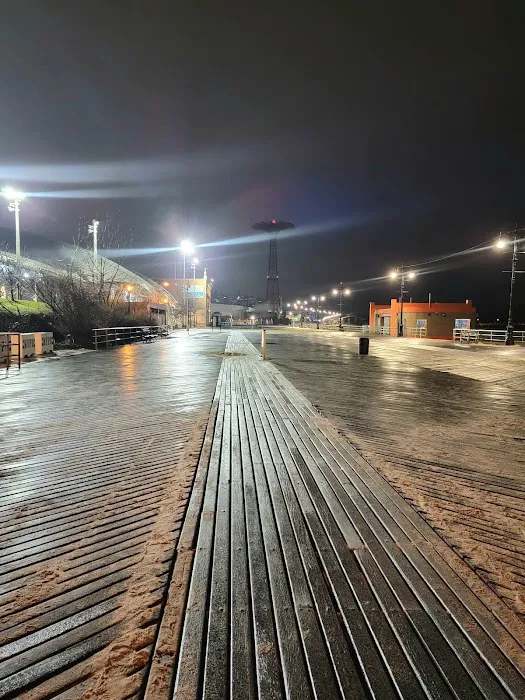
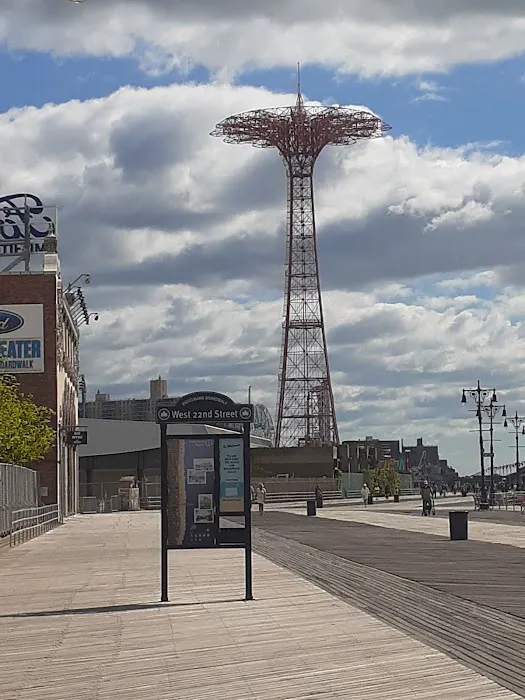

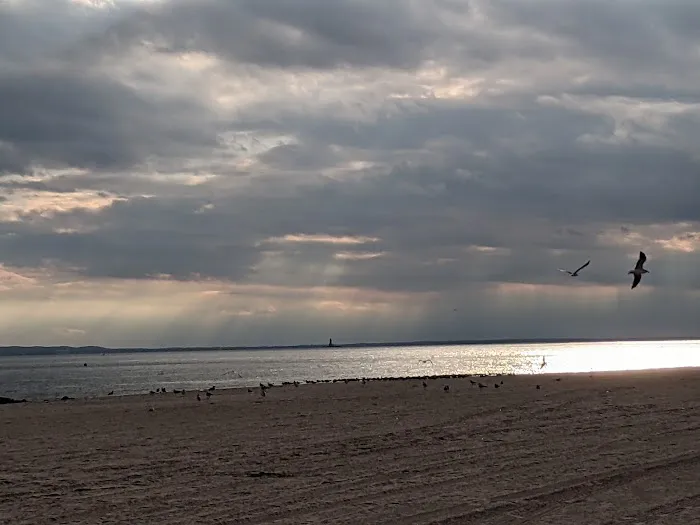
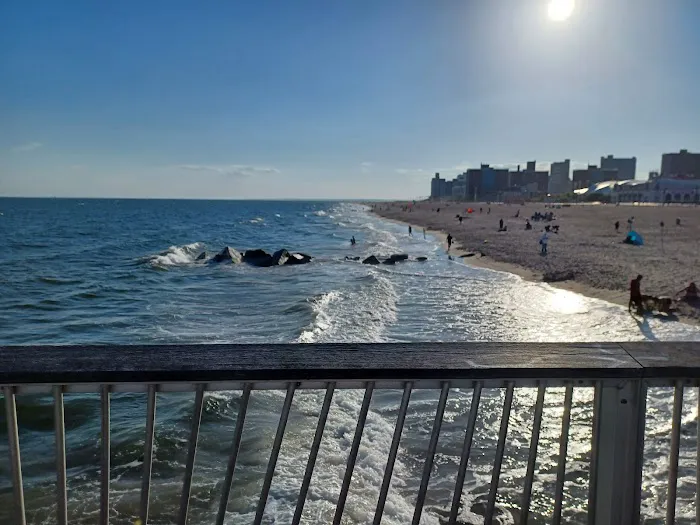

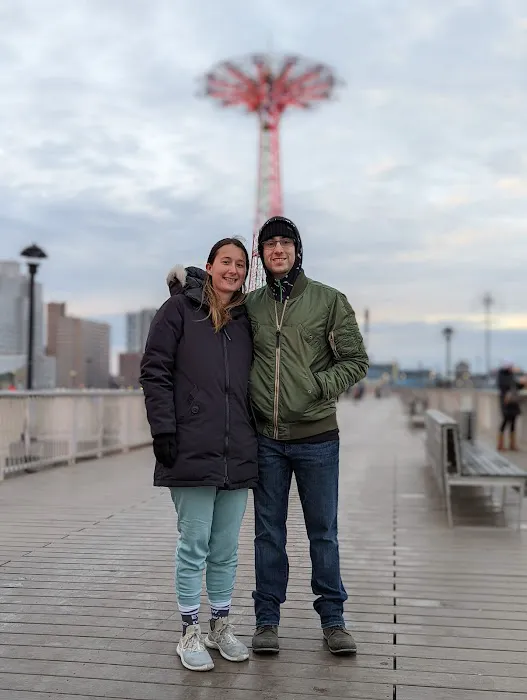
Boardwalk Community Garden Location
Boardwalk Community Garden
3054 W 22nd St, Brooklyn, NY 11224, USA
 Boardwalk Community Garden
Boardwalk Community Garden3054 W 22nd St
 Seaside Park
Seaside Park3054 W 22nd St
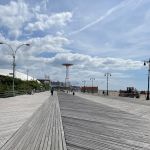 Nettie Tenenbaum Auletta Sitting Area
Nettie Tenenbaum Auletta Sitting AreaWest 25th Street & Riegelmann Boardwalk
 Wall of Rememberance
Wall of RememberanceConey Island
 Coney Island Pump Track
Coney Island Pump TrackSteeplechase Park
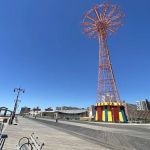 Steeplechase Park
Steeplechase Park1739 Riegelmann Boardwalk
 The Coney Island Classic
The Coney Island Classic2925 W 25th St
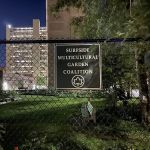 Surfside Multicultural Garden Coalition
Surfside Multicultural Garden Coalition2999 Surf Ave
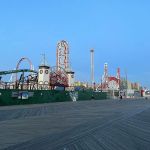 Coney Island Boardwalk Garden
Coney Island Boardwalk GardenStillwell Ave
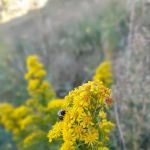 West 23rd Street Community Garden
West 23rd Street Community Garden2403 Neptune Ave
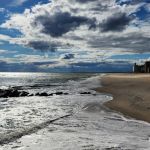 Coney Island Beach & Boardwalk
Coney Island Beach & Boardwalk37
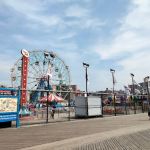 Luna Playground
Luna Playground1206 W 12th St
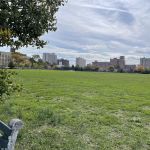 Kaiser Park
Kaiser Park2529 Neptune Ave
Boardwalk Community Garden Reviews
- Apr 09, 2019 · Michael David Hernandez
More Scenic Spot
 Seaside Park4.0 (74 reviews)
Seaside Park4.0 (74 reviews)3054 W 22nd St, Brooklyn, NY 11224, USA
 Nettie Tenenbaum Auletta Sitting Area0.0 (0 reviews)
Nettie Tenenbaum Auletta Sitting Area0.0 (0 reviews)West 25th Street & Riegelmann Boardwalk, Brooklyn, NY 11224, USA
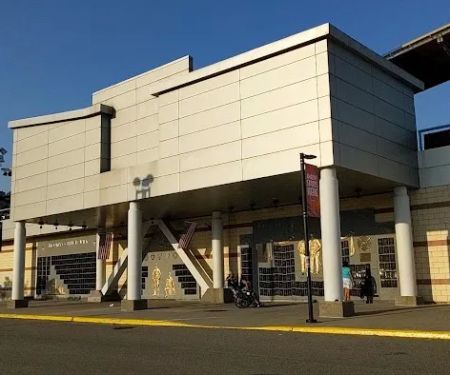 Wall of Rememberance4.0 (15 reviews)
Wall of Rememberance4.0 (15 reviews)Coney Island, 1904 Surf Ave, Brooklyn, NY 11224, USA
 Coney Island Pump Track3.0 (3 reviews)
Coney Island Pump Track3.0 (3 reviews)Steeplechase Park, 1739 Riegelmann Boardwalk, Brooklyn, NY 11224, USA
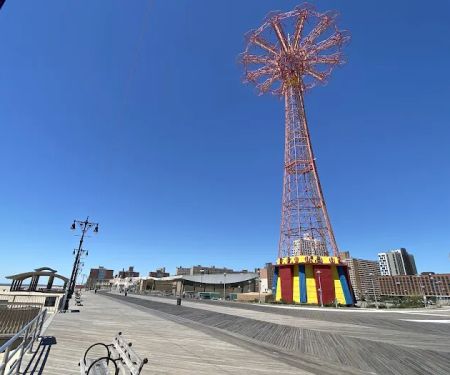 Steeplechase Park4.0 (38 reviews)
Steeplechase Park4.0 (38 reviews)1739 Riegelmann Boardwalk, Brooklyn, NY 11224, USA
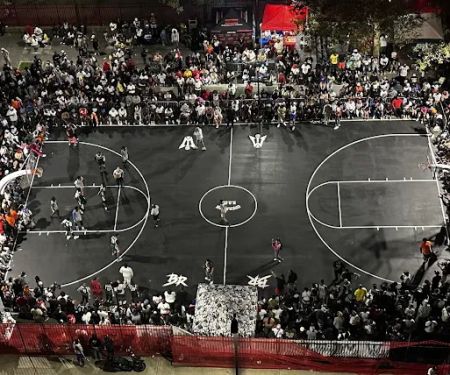 The Coney Island Classic5.0 (4 reviews)
The Coney Island Classic5.0 (4 reviews)2925 W 25th St, Brooklyn, NY 11224, USA
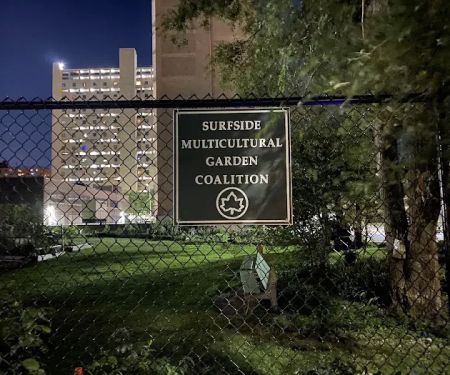 Surfside Multicultural Garden Coalition5.0 (1 reviews)
Surfside Multicultural Garden Coalition5.0 (1 reviews)2999 Surf Ave, Brooklyn, NY 11224, USA
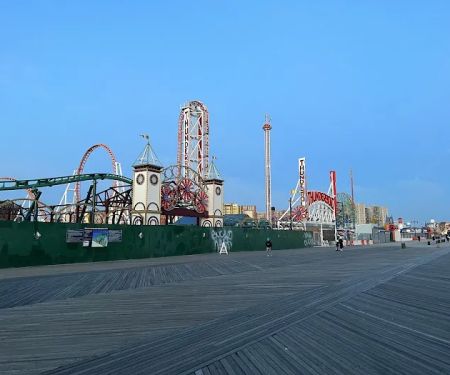 Coney Island Boardwalk Garden4.0 (75 reviews)
Coney Island Boardwalk Garden4.0 (75 reviews)Stillwell Ave, Brooklyn, NY 11214, USA
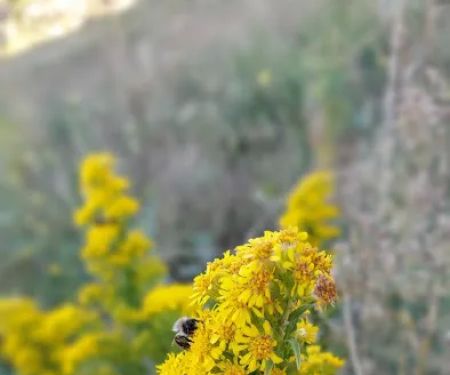 West 23rd Street Community Garden4.0 (5 reviews)
West 23rd Street Community Garden4.0 (5 reviews)2403 Neptune Ave, Brooklyn, NY 11224, USA
 Coney Island Beach & Boardwalk4.0 (515 reviews)
Coney Island Beach & Boardwalk4.0 (515 reviews)37, Riegelmann Boardwalk, Brooklyn, NY 11224, USA
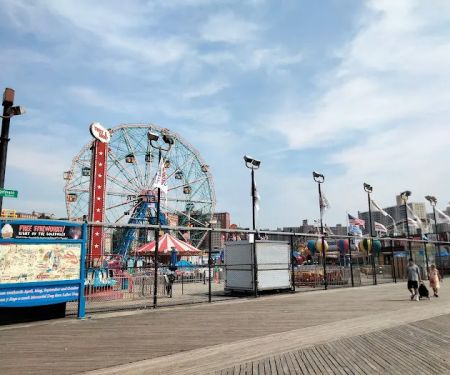 Luna Playground4.0 (11 reviews)
Luna Playground4.0 (11 reviews)1206 W 12th St, Brooklyn, NY 11223, USA
 Kaiser Park4.0 (1718 reviews)
Kaiser Park4.0 (1718 reviews)2529 Neptune Ave, Brooklyn, NY 11224, USA
Categories
Popular Camping Sites
 Coney Island Boardwalk Garden4.0 (75 reviews)
Coney Island Boardwalk Garden4.0 (75 reviews) The William Hotel Midtown, Sonder4.0 (555 reviews)
The William Hotel Midtown, Sonder4.0 (555 reviews)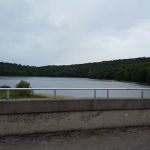 Shepard Lake Recreation Area0.0 (0 reviews)
Shepard Lake Recreation Area0.0 (0 reviews) Stairway To Heaven4.0 (185 reviews)
Stairway To Heaven4.0 (185 reviews)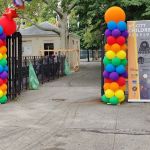 Howard Bennett Playground4.0 (152 reviews)
Howard Bennett Playground4.0 (152 reviews) Isle of Meadows4.0 (10 reviews)
Isle of Meadows4.0 (10 reviews)Trending Camping Blog Posts
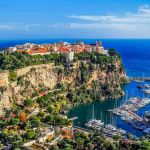 Top Group Travel Destinations in Europe: Best Places for Group Vacations
Top Group Travel Destinations in Europe: Best Places for Group Vacations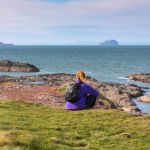 How to Get Involved in Travel Clans for Social Travel: Explore Group Travel Opportunities
How to Get Involved in Travel Clans for Social Travel: Explore Group Travel Opportunities Best Travel Clans for Sustainable Travel
Best Travel Clans for Sustainable Travel Best Group Vacation Destinations for Friends: Ultimate Travel Ideas
Best Group Vacation Destinations for Friends: Ultimate Travel Ideas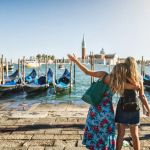 Travel Clans for Solo Travelers Looking for Company: Join Unique Travel Communities
Travel Clans for Solo Travelers Looking for Company: Join Unique Travel Communities Best Travel Clans for Women Traveling Together
Best Travel Clans for Women Traveling Together 
